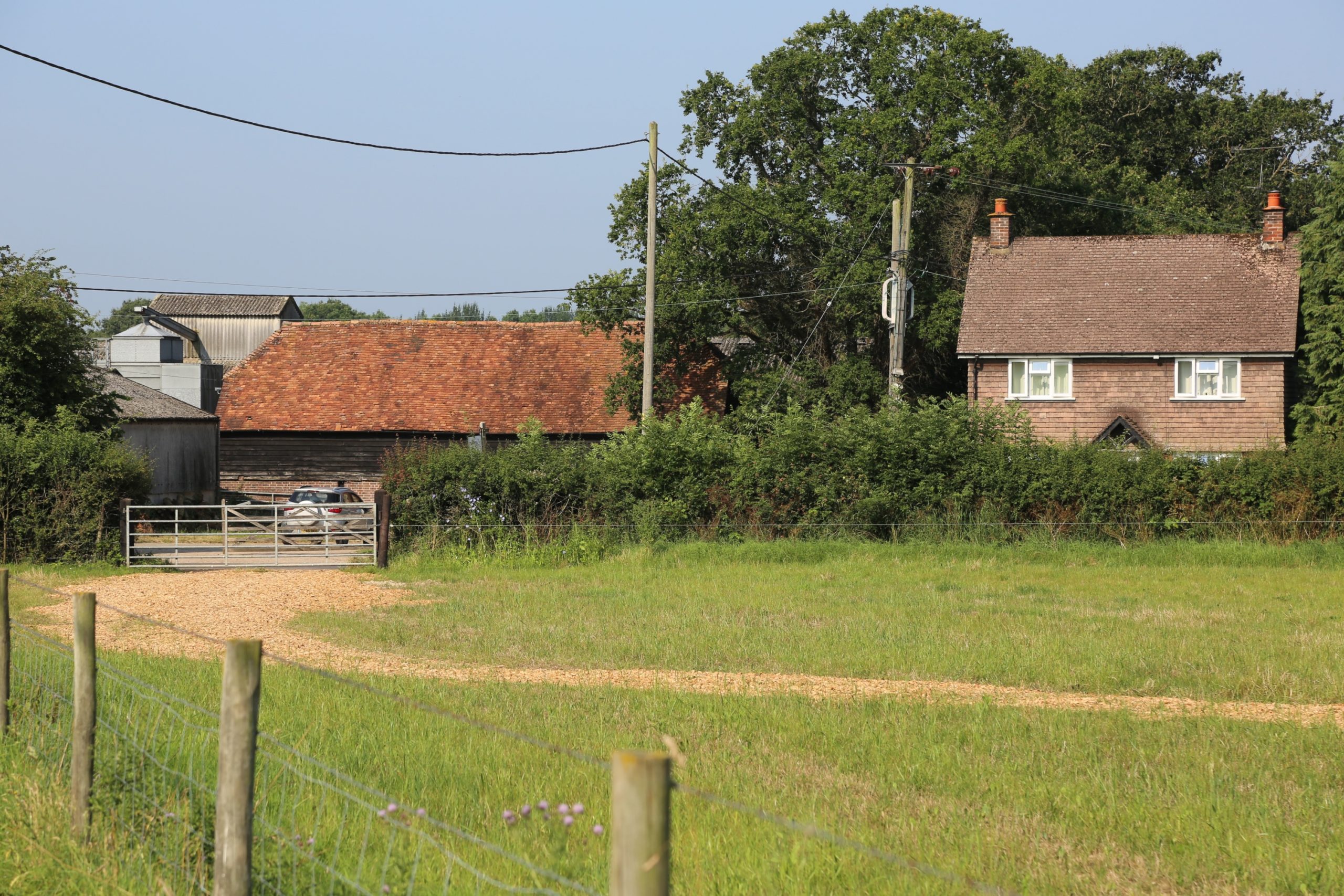What is Lacking in the Heat and Building’s Strategy?

With the government releasing the long-awaited Heat and Buildings Strategy, Housing Industry Leaders looks at the key points outlined and how they’ll help achieve a UK net-zero.
Last week the UK’s Heat and Building Strategy, which has been in the works for two years, was published by the government.
Unfortunately, it is one of many climate-related plans that have faced long delays, following the transport, hydrogen, and industrial decarbonisation strategies.
However, now released it outlines the “consistent and coherent approach across different markets, buildings and occupancy types,” as mentioned in the Secretary of State for Business, Energy, and Industrial Strategy Kwasi Kwarteng’s foreword.
We have robust plans which offer a credible pathway to achieving carbon budgets and lay the foundations for Net Zero buildings in the UK by 2050.
The strategy contains information about how the government aim to support the process of low-carbon emission homes, including billions of pounds worth of funds and grants to help replace gas boilers with cleaner alternatives.
Yet, many have already criticised the strategy, saying it falls short on ambition and is not backed up with adequate funding. Housing Industry Leaders looks at key points within the Heat and Buildings Strategy to pinpoint the government’s pathway to net-zero.
£3.9 billion worth of funding
This funding includes £1.4bn for the Public Sector Decarbonisation Scheme; £950m for the Home Upgrade Grant; £800m for the Social Housing Decarbonisation Fund; £450m for the Boiler Upgrade Scheme; and £338m for the Heat Network Transformation Programme.
The schemes provide various funds to replace ‘end-of-life’ fossil fuel systems (such as gas boilers), with low carbon heat sources combined with additional energy efficiency measures, to facilitate a ‘whole building’ approach to heat decarbonisation.
Part of the funding also contributes to the government’s commitment to a ‘fabric first’ approach to retrofit homes. Better energy performance is essential but can only be beneficial if all other components such as insulation, cavity walls and ventilation, are fit for purpose.
As part of the £3.9 billion, the government will also invest £1.75bn in improvements for social housing, low income, and fuel poor households with a ‘fabric first’ approach in mind.
This funding has already been criticised by MPs, stating that the strategy falls short of funding.
Everything we know so far about the Heat and Buildings Strategy suggests it falls well short in terms of policy ambition and funding levels. So while there is much to welcome it is ultimately a missed opportunity to make decisive progress on the thorniest of #NetZero challenges.
— Matthew Pennycook MP (@mtpennycook) October 19, 2021
Most of the funding is expected but not confirmed until after this year’s Spending Review is released, but the initiatives have already supported over 440,000 jobs across the sector since their launches in 2020.
No gas boiler ban, but a gradual phase-out for new alternatives
The UK has planned to phase out new gas boilers from 2035. An arguably late date, but the government say they won’t ban new boilers until the costs of low-carbon alternatives have fallen.
Current boilers also won’t be banned anytime soon. The Heat and Building Strategy states: “No one will be forced to remove their existing boilers.”
Instead, we will grow the market for heat pumps through incentivising early adopters through Boiler Upgrade Scheme grants, proposing the introduction of a market-based regulation on manufacturers similar to that which has been successful in growing the market for electric vehicles, and phasing out the installation of the dirtiest and most expensive fossil fuel systems and deployment in new buildings.
Essentially, the government have planned to introduce grants of up to £6,000 to households if they switch to air source or ground source heat pumps.
With efficient ground source heat pumps costing anything between £11,000-£15,000, this grant could be extremely beneficial to helping households upgrade to low carbon solutions – if they can afford the other £9,000.
While a £6k grant is helpful, a greater grant of over half of the price of a heat pump would be a bigger incentive for households to make the change, and make it more affordable for more households, helping the UK work quickly to meet decarbonisation targets.
Grants help cover costs, albeit marginal
While these points and aims are a big step towards net-zero, the government have failed to recognise that a lot more funding will be needed to fairy implement the changes.
Overall, then, the Government’s Heat and Buildings Strategy is a big step forward, with a welcome focus of policies towards lower-income households. But more funding will be needed to ensure that the costs of decarbonising tens of millions of homes do not land unfairly.
— Resolution Foundation (@resfoundation) October 21, 2021
We can only hope that the government will acknowledge this and provide further help to lower-income households, while not putting pressure on rising taxes even more so than currently announced.

